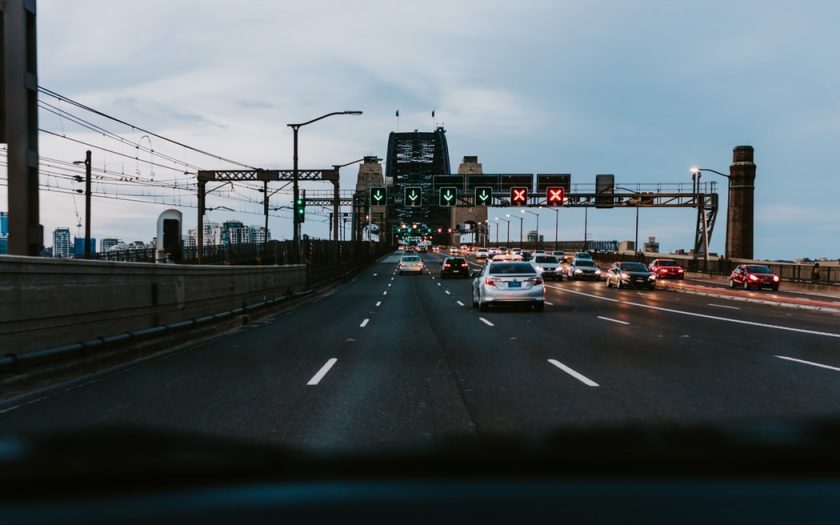MOST POLITICIANS SEE MOTORISTS (and that’s almost all of us) as nothing more than a bottomless pit of funds. Whenever they need higher income, they simply raise motoring costs and penalties.
Motorists in Victoria will be paying more for their car registration from this month.
The change means renewing a single car’s registration for 12 months will now cost more than $900 for the approximately 77 percent of the state’s population living in Melbourne’s metropolitan boundary.
Owners of utes and vans defined as ‘goods carrying vehicles of up to two tonnes’ will also be hit with the cost increases in metro and outer metro areas. However, those in rural areas will pay $19.80 more than in previous years.
| Registered address (passenger cars) | Before | Increase | From 1 July 2024 |
| Rural | $754.80 | $25.30 | $780.10 |
| Outer metropolitan | $820.80 | $27.60 | $848.40 |
| Metropolitan | $876.90 | $29.70 | $906.60 |
Victorians aren’t the only ones to see their car registration costs change. The Australian Capital Territory has revised its system, with costs now pegged to tailpipe emissions – those with low-emission cars pay less, while higher-emitting cars pay more.
Meanwhile, the Queensland Government has announced it is easing cost-of-living pressures, discounting car registrations by 20 per cent from September 2024 – with the scheme to run for 12 months.
Queensland’s registration costs are based on how many cylinders a vehicle’s engine has (as is the case in some other states). In Queensland, cars with up to three cylinders, or EVs or steam powered vehicles cost $699.05 a year to register. Four-cylinder cars cost $773.55, five- or six-cylinder vehicle $976.95, seven- or eight-cylinder vehicles $1198.05 and cars with nine- to 12-cyclinders cost $1331.65, before the 20 percent discount.
New South Wales charges a registration fee of $70, then adds extra charges based on the car you wish to register. We calculated a Toyota Camry (1.5 tonnes), private use, purchased for $25,000. The website suggests a yearly total of $1227.00. Almost uniquely in Australia, vehicles over five years of age must be inspected. This adds a further $46 to the annual cost (trailers and motorcycles also incur an inspection cost).
In South Australia, things are even more complex. Cars are assessed on type and district. A four-cylinder car garaged in District One (the highest risk district) costs around $690 annually, which drops to around $540 if in District Two. An additional cost is CTP (compulsory).
In WA, registration costs depend on kerb mass. There is no CTP in WA; instead, WA charges a Motor Injury Insurance Charge. A Toyota Camry will cost almost $400 plus a flat fee of $6.60, $10.30 “recording” fee plus the insurance fee of $479.40. Add that all up and you’re looking at almost $900.
Tasmania also charges by the number of cylinders and CTP is replaced by the Motor Accident Insurance Board fee of $314. Fees range from $813.18 to $919.18 for a 12-cylinder car.
In the ACT, things are once again not simple. You will need to pay for CTP insurance, a CTP regulatory component, a road rescue fee, a road safety contribution and, of course, a registration fee. Our hypothetical Toyota Camry costs $396.50 for compulsory CTP, $31.30 road rescue fee, $110.20 original registration surcharge, $404.20 MAI insurance, $2.50 road safety contribution, $105.40 lifetime car and support levy, $14 motor accident levy for a total of $1069.10. Even if we have wrongly included the original registration surcharge, this still comes in at almost $960.Cars older than six years also need to be inspected. Inspection fees are $82.80 (and once again, trailers also need to be inspected).
Just to confuse things further, in the NT your registration fee is based on the number of cylinders, and also the size of the engine. If you are fortunate enough to drive a vehicle with less than four cylinders and an engine size under 500cc, you’ll pay around $670. This rises to more than $1400 if your car has more than four cylinders and a capacity of between seven and eight litres.

According to the Australian Automobile Association (AAA), transport costs – which include car loan repayments, insurance, servicing and tyres, roadside assistance, licence, tolls, public transport, registration and compulsory third-party insurance, and fuel – increased by 10 percent over 12 months to 31 March 2024.
In the first three months of 2024 alone, transport costs went up by 4.5 percent on average – far outpacing the inflation rate of 3.6 percent.
The AAA claims city households now spend more than 17 percent of their income on transport costs.
“The continuing decline of transport affordability is a heavy burden at a time when Australians are feeling cost-of-living pressures across the board,” AAA Managing Director Michael Bradley said in May 2024.
“Transport is a significant and unavoidable expense for households, and it is also one of the key drivers of general inflation. Governments at all levels must consider these cost pressures when formulating policy.”
As usual, there is no consistency and commonality between states. But they do have one thing in common: registration fees are a ready source of income, and subject to totally arbitrary increases. And you’ll note that many have numerous “levies”, not taxes. Since these charges are compulsory, there is no reason for the distinction.
